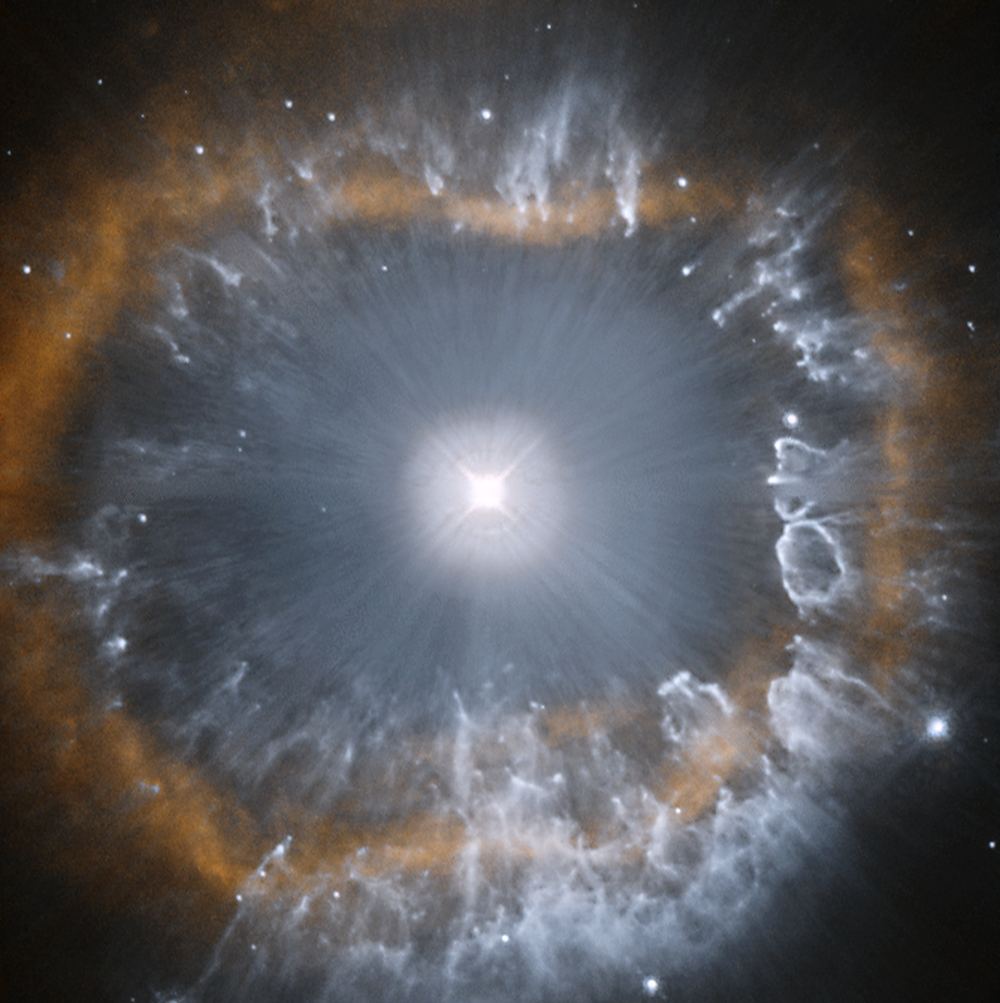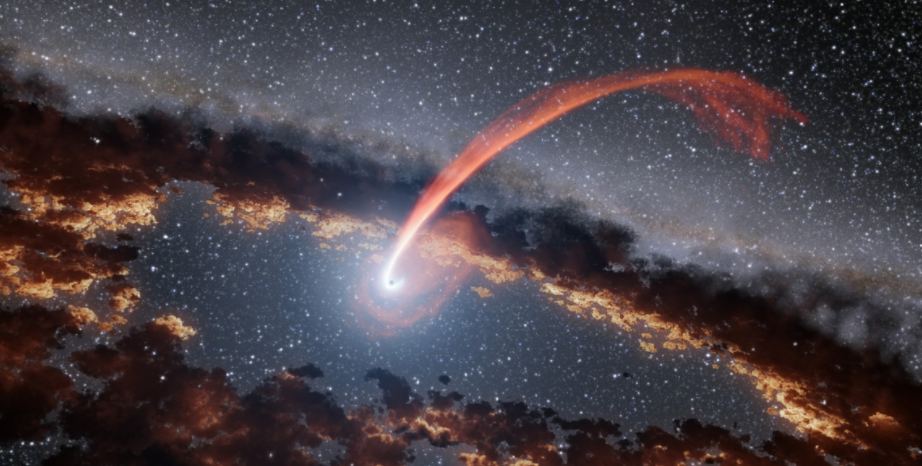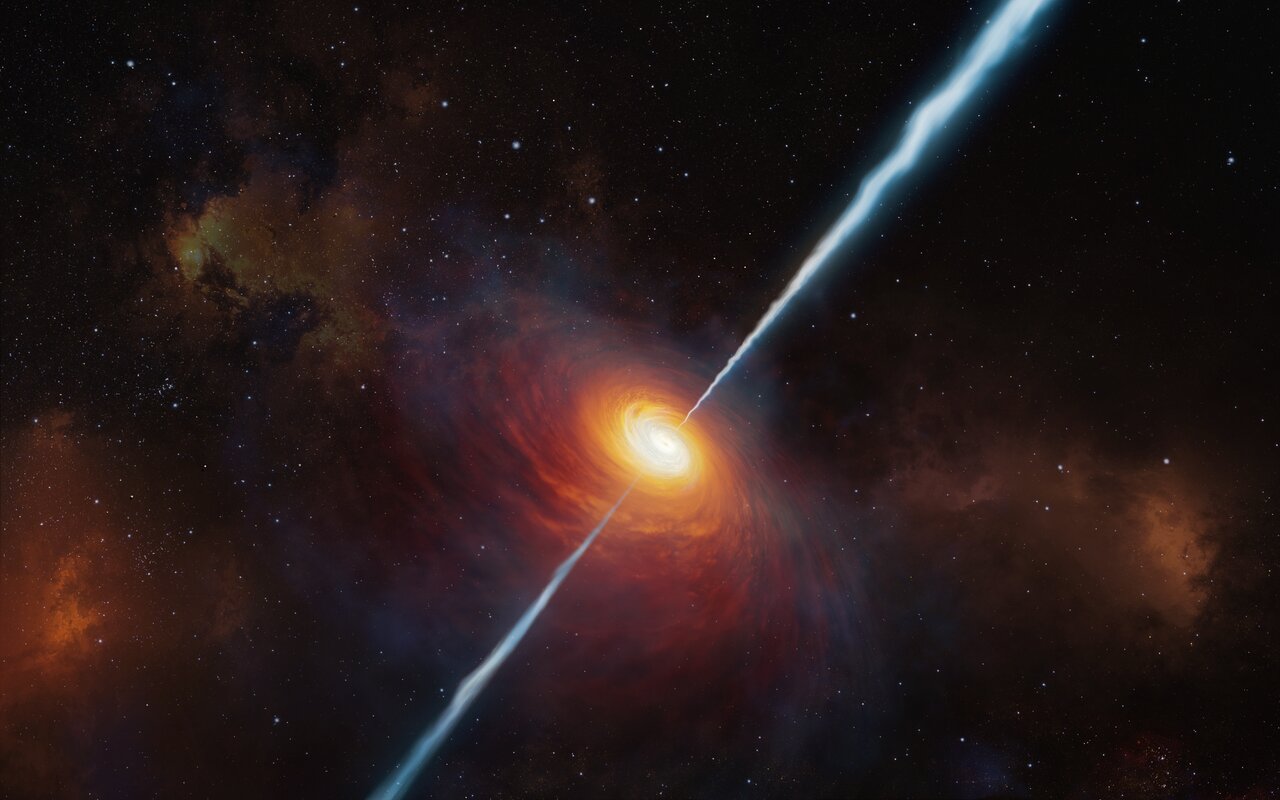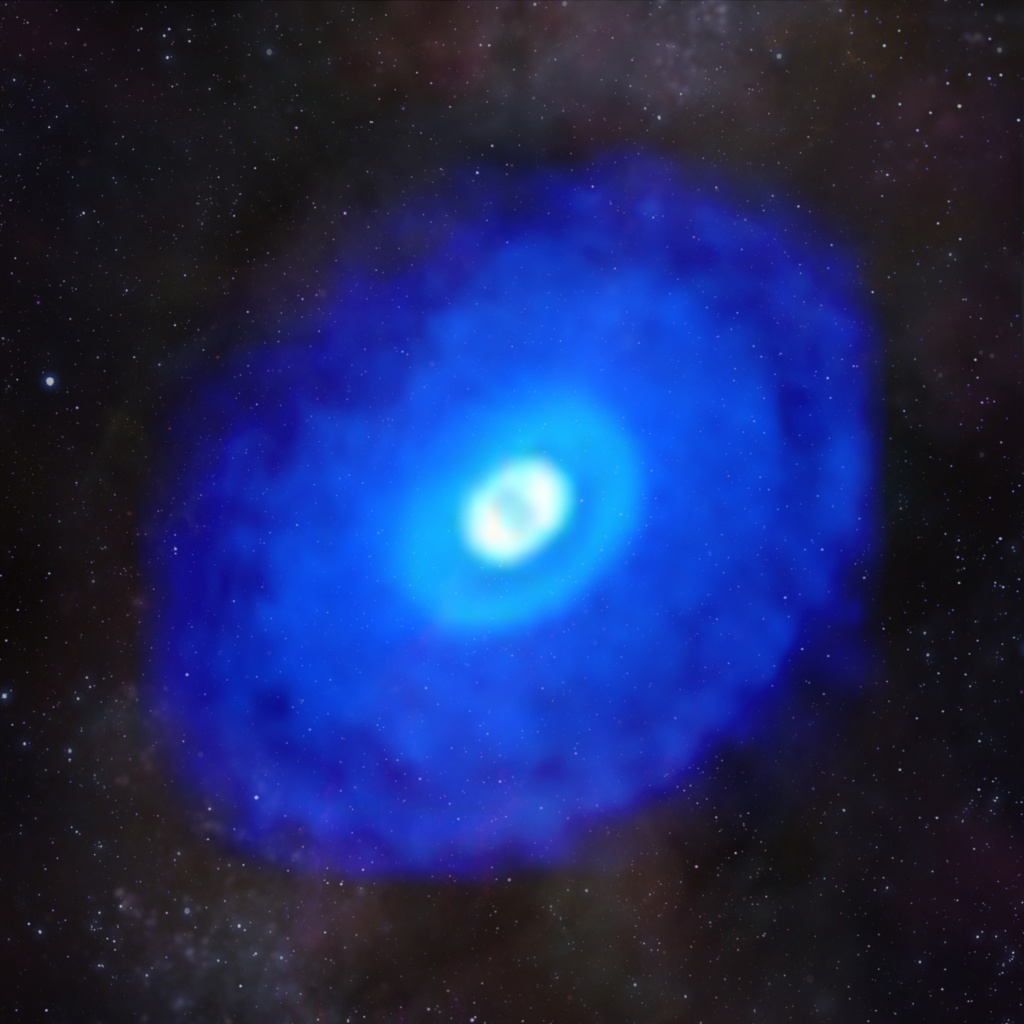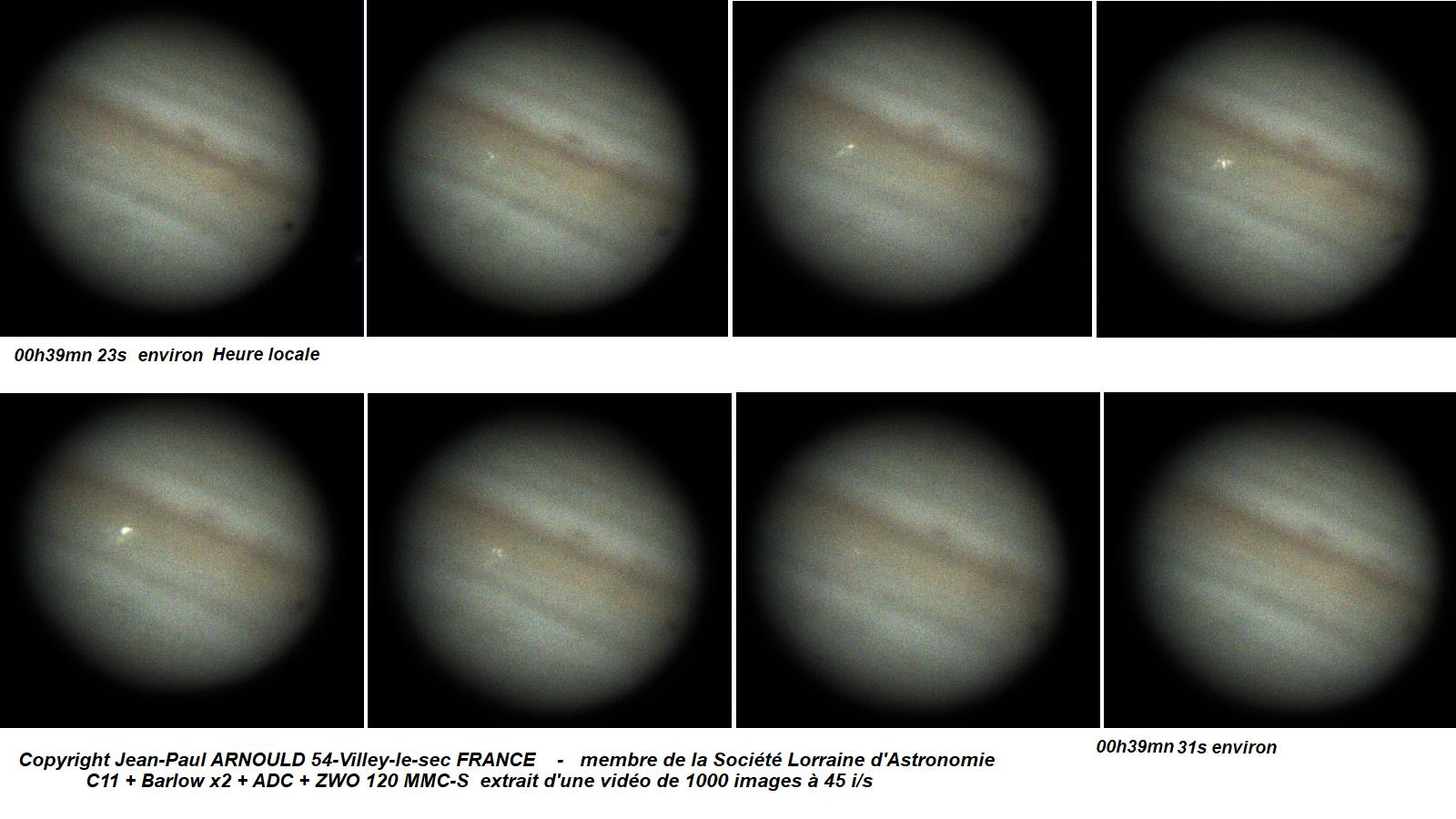The search for planets beyond our Solar System has grown immensely during the past few decades. To date, 4,521 extrasolar planets have been confirmed in 3,353 systems, with an additional 7,761 candidates awaiting confirmation. With so many distant worlds available for study (and improved instruments and methods), the process of exoplanet studies has been slowly transitioning away from discovery towards characterization.
For example, a team of international scientists recently showed how combining data from multiple observatories allowed them to reveal the structure and composition of an exoplanet’s upper atmosphere. The exoplanet in question is WASP-127b, a “hot Saturn” that orbits a Sun-like star located about 525 light-years away. These findings preview how astronomers will characterize exoplanet atmospheres and determine if they are conducive to life as we know it.
Continue reading “Astronomers Detect Clouds on an Exoplanet, and Even Measure Their Altitude”




